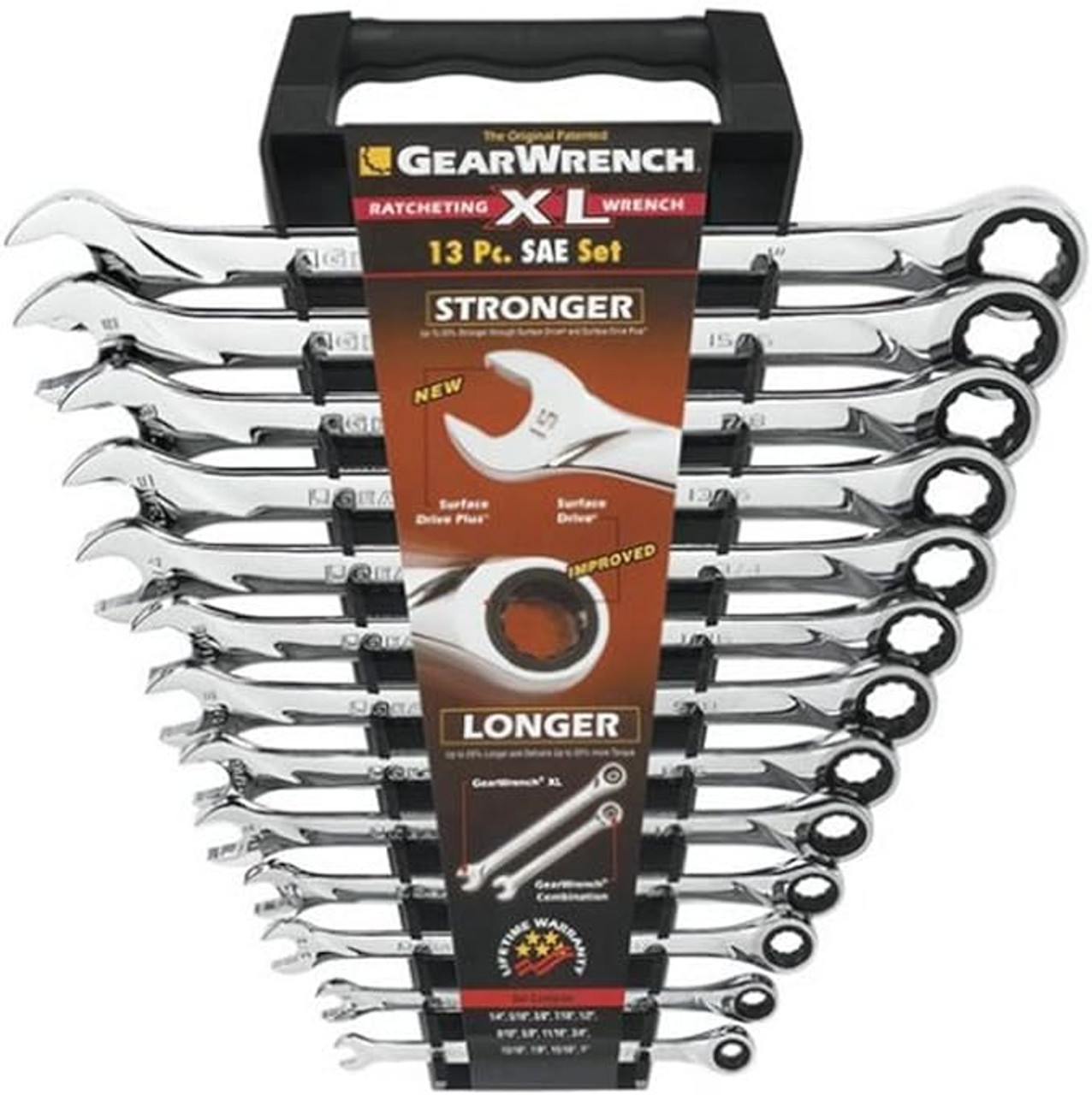When Is the Right Time to Change Your Oil Filter?
13th Mar 2024
Your car's engine is like a human heart; just as the heart needs clean blood, your engine needs pure oil. An oil filter keeps that oil clean, trapping dirt and debris before they can harm your engine. It's a small part, but it plays a massive role in keeping your vehicle running smoothly.
Over time, even the best oil filters become clogged with the contaminants they catch. When this happens, your engine can't get the clean oil it needs to operate efficiently. If left unchecked, this can lead to increased wear and tear, reduced fuel efficiency, and even engine damage.
In this blog, we'll explore the critical question of when to change your oil filter to ensure your engine stays in top condition. Continue reading for expert advice on maintaining your vehicle's heartbeat through timely oil filter changes.
5 Key Signs It's Time to Replace Your Oil Filter
Recognizing when to change your oil filter is essential for maintaining your vehicle's health and performance. The following five signs clearly indicate that your oil filter needs attention. Acting on these signs can prevent engine damage, ensure optimal performance, and extend the lifespan of your car.
1- Decreased Engine Performance
If your car feels sluggish or struggles tp accelerate, it might be time for a new oil filter. A clogged filter restricts oil flow, making it hard for your engine to perform optimally. Replacing your oil filter can prevent these issues and keep your engine running smoothly.
2- Dirty Oil Appearance
Pull out the dipstick and check the color of your oil. If it's darker than rich amber, your oil filter isn’t performing its job properly. Clean oil is crucial for engine health, and a fresh oil filter ensures cleanliness by effectively removing contaminants.
3- Low Oil Pressure
Your dashboard might show a warning light for low oil pressure, indicating that your oil filter could be clogged. Low pressure means the oil isn't circulating as it should, potentially leading to engine damage. Replacing the oil filter can restore proper oil flow and pressure.
4- Engine Noises
Unusual noises like knocking or tapping from your engine are red flags. These sounds can mean the oil isn't lubricating the engine components correctly, often due to a blocked oil filter. A new filter can silence these warnings by ensuring your engine is well-lubricated.
5- Exhaust Smoke
While some vapor is normal in cold weather, smoke from your exhaust can indicate oil contamination. This happens when a dirty oil filter fails to trap pollutants, allowing dirty oil to burn off in the engine. Changing your oil filter can prevent this smoke and reduce pollution.
The Ideal Frequency for Oil Filter Replacement
The general guideline for changing oil filters is every 3,000 to 5,000 miles with conventional oil, and approximately every 5,000 to 7,500 miles with synthetic oil. This guideline serves as a baseline, but always consult your vehicle's manual for specific recommendations tailored to your model.
However, driving conditions significantly determine how often your oil filter needs to be changed. For instance, driving in extreme conditions, such as dusty environments, frequent short trips that prevent the engine from fully warming up, or regular towing and heavy usage, can lead to a more rapid accumulation of contaminants.
In such cases, more frequent oil and filter changes are necessary to ensure the engine remains protected. Vehicles utilizing synthetic oil have longer intervals between shifts, but the oil filter’s role in removing contaminants remains critical. No matter the oil type, ensuring the filter is changed regularly is crucial in maintaining engine health and performance.
DIY Oil Filter Change: Tools You Need
Tackling an oil filter change can save you time and money but requires the right equipment. With the essential tools listed below, you can accurately perform the job and protect your vehicle's engine. Let's see the must-have toolkit for any DIY oil filter change.
Oil Filter Wrench
This is a specialized tool designed to grip and turn the oil filter without causing damage. Its size and shape vary depending on the oil filter's design, making it indispensable for securely removing and installing filters in tight spaces.
Drain Pan
This is a large container that catches and holds the old oil as it drains from the engine. A good drain pan should have a large capacity, be made of durable material, and ideally feature a spout for easy disposal of used oil.
Socket Wrench Set
A comprehensive set of socket wrenches is crucial for removing various bolts and fasteners when changing an oil filter. This set allows you to tackle different sizes and types of fasteners precisely.
Torque Wrench
Ensures that the oil filter and drain plug are tightened to the manufacturer's specified torque. This precision tool helps prevent overtightening or insufficient tightening, which can lead to leaks or damage.
Gloves and Safety Glasses
Protecting your hands and eyes during an oil change is essential. Durable gloves resist oil and provide a good grip, while safety glasses prevent accidental splashes of oil or debris from reaching your eyes.
Choosing the Right Oil Filter and Tools for Your Vehicle with JB Tools
JB Tools offers a wide range of tools for all your DIY needs at discounted pricing. Whether you're looking for an oil filter wrench, a durable drain pan, or a precise torque wrench, we've got you covered. Our tools are selected for their quality and reliability, ensuring you can confidently tackle any job. Shop the best equipment with exciting options with JB Tools today.






